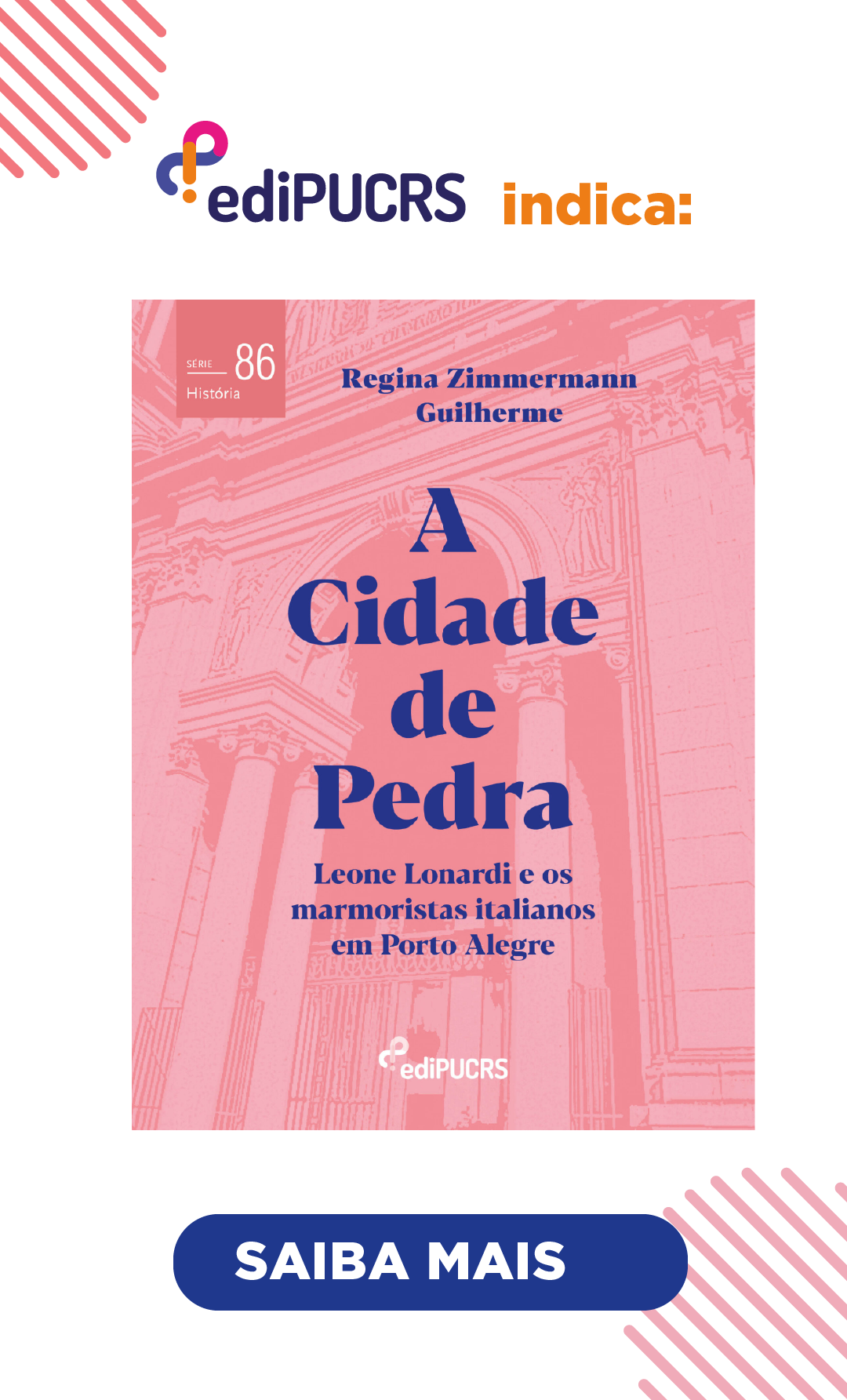Edmondo De Amicis in South America: Italian Patriotism and Identity Outside National Boundaries
DOI:
https://doi.org/10.15448/1980-864X.2012.s.12452Keywords:
De Amicis, Travel literature, Immigration, Italian resurgenceAbstract
After being rediscovered in recent years by literary criticism for its vast production of travel literature, Edmondo De Amicis remains an understudied writer, remembered first and foremost as the writer of "the languid", as defined Carducci. However, the De Amicis sentimentality has not only constituted a commercial strategy for book sales, but was also an idealized design of civic pedagogy and needs, aiming to create a "countrywide cultural unity, in a newly unified country that still has a lot to do in terms of Italian identity. In 1884, De Amicis wrote "Sull'Oceano", a novel that chronicles the imaginary journey on the "North America" ship, leading Argentina to a series of conferences. The theme of travel is not new to De Amicis, who had written several travel journals in the 70s, including travels to Spain, the Netherlands, Morocco and Constantinople. The focus on the ocean shows that, as the title suggests, the "emphasis here is not the point of arrival, the host country, but the journey itself, the time of transition, the expected transition, giving voice to the experience of Italian immigrants as well as to all the Italians who lived during the post-unification period. This study presents a new analysis of "Sull'Oceano" in light of the Italian identity issues during the post-unification period and of discussions with other intellectuals of the time, such as Paolo Mantegazza, who also traveled to South America.Downloads
Downloads
Published
How to Cite
Issue
Section
License
Copyright
The submission of originals to Estudos Ibero-Americanos implies the transfer by the authors of the right for publication. Authors retain copyright and grant the journal right of first publication. If the authors wish to include the same data into another publication, they must cite Estudos Ibero-Americanos as the site of original publication.
Creative Commons License
Except where otherwise specified, material published in this journal is licensed under a Creative Commons Attribution 4.0 International license, which allows unrestricted use, distribution and reproduction in any medium, provided the original publication is correctly cited.






